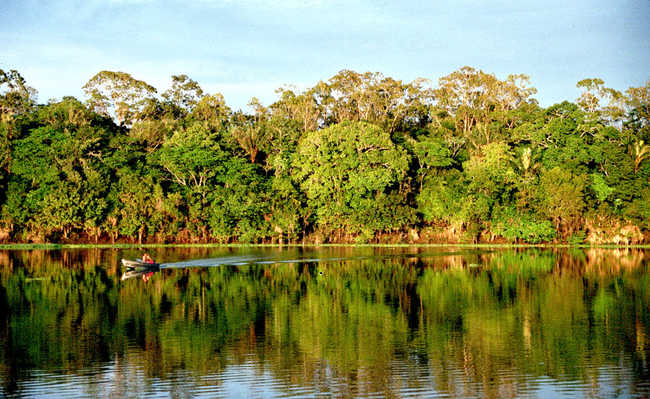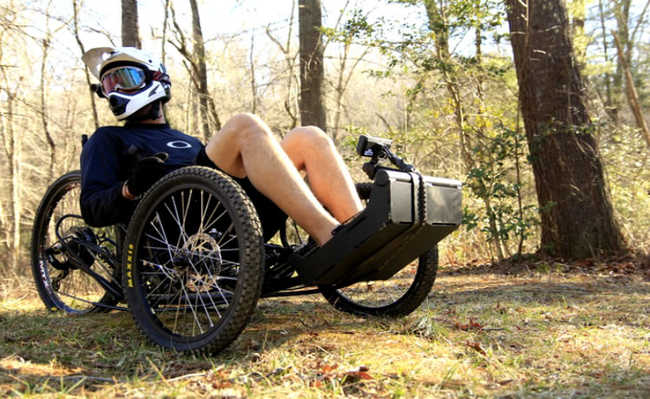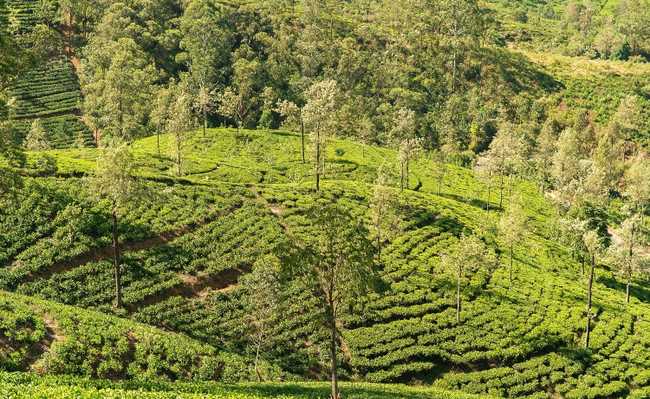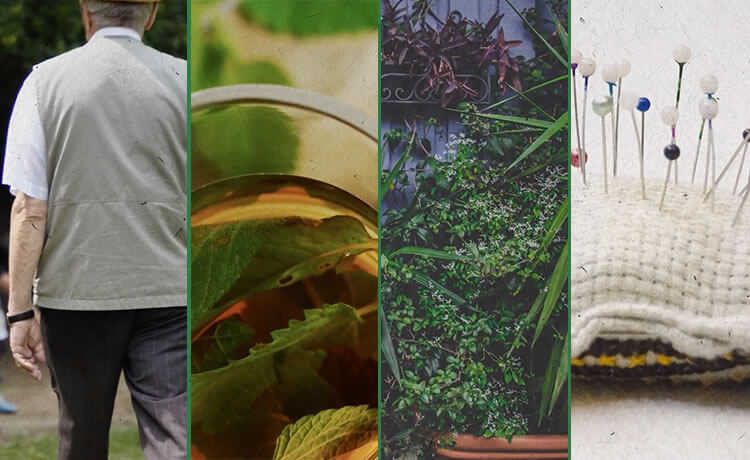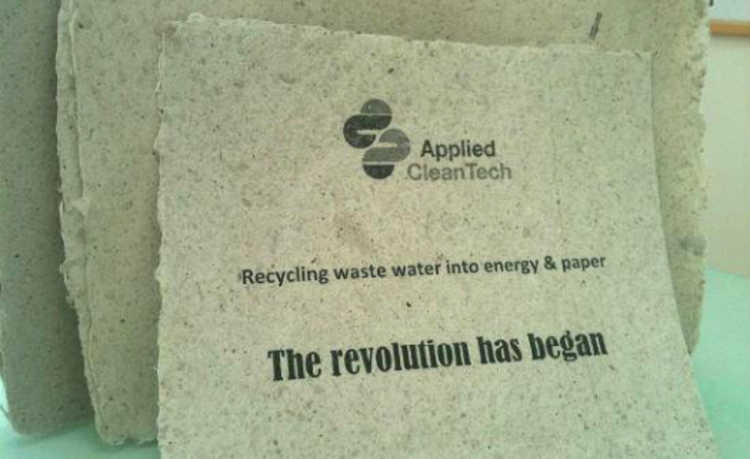How to make bone meal for plants
See how to make bone meal at home and avoid sending bones to landfills

Bone meal is a product very rich in phosphorus and calcium. It is obtained through the calcination process and plays the role of an excellent natural fertilizer.
Before the discovery of fire by mankind, the bones of carcasses were burned when there were outbreaks of fire caused by lightning or high temperatures.
The high temperature of the fire eliminates the protein part of the bone, leaving only the mineral part, which is very good for the plants, serving as a fertilizer.
But it is not just for plants that bone meal has already proved useful. Before the invention of toothpaste, the Romans used bone meal, herbs and sand for oral hygiene.
But nowadays, unfortunately, bone meal is an expensive product. However, you can do it at home and still help to avoid sending waste (bone remains) to landfills, reducing the demand for space in cities.
- What is Municipal Solid Waste?
How to make bone meal
To make bone meal it is necessary to reserve a sufficient amount of bones from animal waste.
Add the bones left over from your consumption throughout the day and freeze them until you reach a significant amount over the months. And, when the day comes to have a barbecue at home, take the opportunity to prepare your bone meal before you do it. So you'll only need to handle the grill once.
Attention: Clean the barbecue well to prevent salt residue from the barbecue from contaminating the bone meal, as it is harmful to vegetables. In addition, the wood ash itself can be used to neutralize acidic soils and provide potassium; but that is all if the ash is not contaminated with salt and spices harmful to plants.
It will only take a little wood to start the combustion, and space to assemble the bone pile. Once the fire has started, the bones themselves will feed the flame.
You should leave the bones directly in the flame to the point where they turn white, as this state indicates that calcination has occurred. However, before calcining, they will turn black, which is normal and due to protein burning.
The more calcined, the faster the bone meal will be available to the plants.
After calcining, allow the bone pile to cool.
When cold, after being calcined, the bones easily crumble. To obtain the bone meal you can either beat the calcined bones in a blender or place them in a cloth and crumble them with a hammer.
Watch the video on how you can prepare bone meal at home.
How to use bone meal
To fertilize the plants you can either mix bone meal with the humus or put it on top of the ground and water it well.
Usually one tablespoon of bone meal and one tablespoon of ash are placed in medium pots. This fertilizer is strong and great for flowering and fruiting species.
Bone meal can be applied in all seasons of the year, but in reduced amounts in winter.
Unused bone meal can be stored in plastic or glass jars. But if you are buying a pot just for this purpose, prefer a glass one, which is more environmentally viable.

